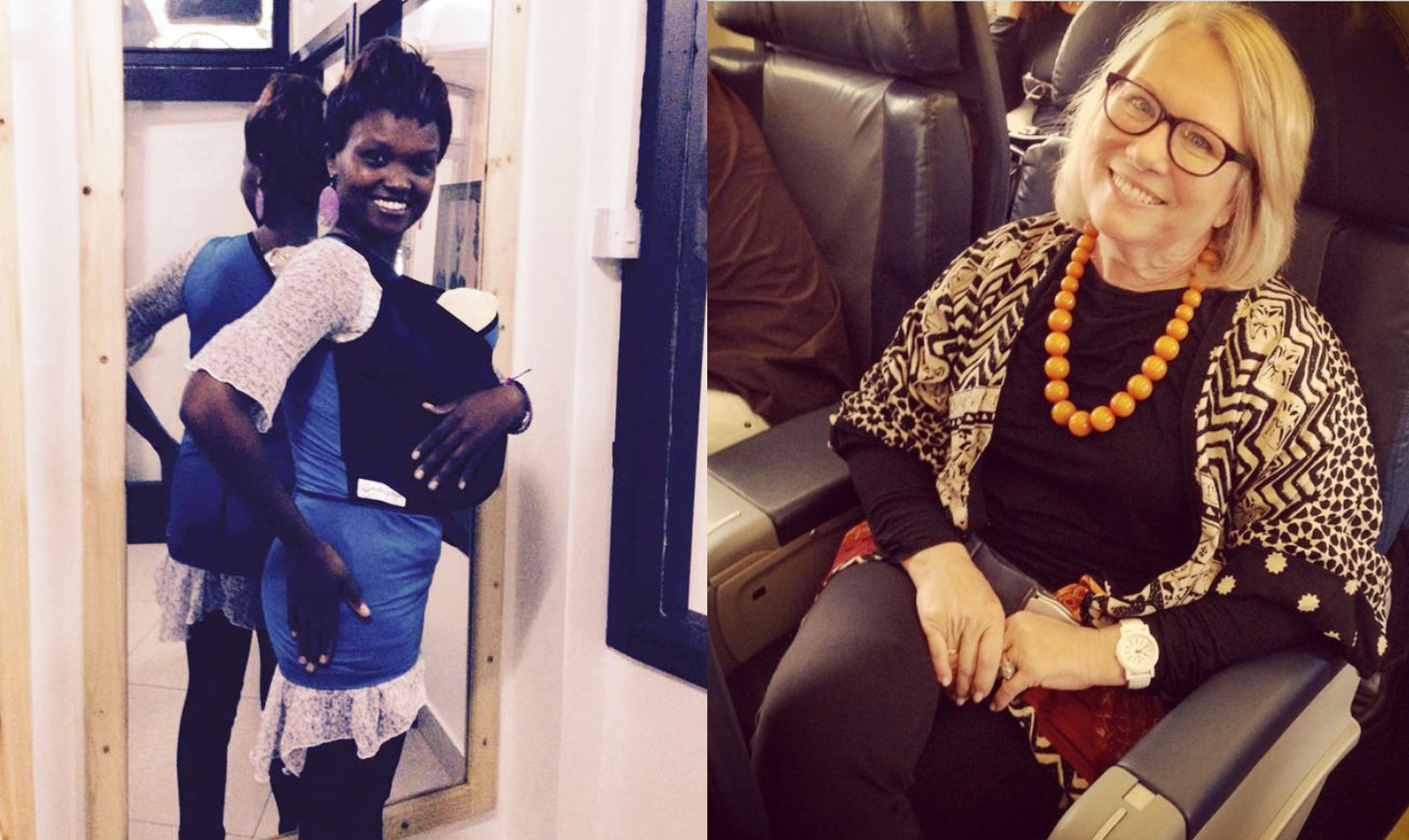I’m a trained postpartum doula. Because many people don’t know what a postpartum doula is or does, I usually begin by explaining what I don’t do. I am not medically trained. I do not make diagnosis, give medical advise, or administer medicine.
What I do do is Nurture, Educate, Support and Transition (N.E.S.T.) the new mother and her infant on their journey from womb to world.
That may seem a little vague to some of you, so let me walk you through the first six days following birth.
In the first 72 hours after birth, the new mother’s adrenaline is in high gear, and she can barely take her eyes off her infant. Natures way of keeping baby alive, one would assume. Baby is alert too. I remember looking at my son moments after he was born and being amazed at how aware he was. All I could think of was, ‘hello, so we meet again’.
This quiet awake state, interspersed with dozing, can be prolonged if the infant is kept wrapped skin-to-skin (SSC) with mom, but I have a lot more to say about skin-to-skin in my next blog.
On to day three. The new mother’s estrogen level is now peaking, and then drops dramatically, and with it, the emotions. Some describe the next few weeks as PMS to the power of 10. Mood swings, hot flashes and ‘night sweats’ are common. As I postpartum doula I’ve held many a sobbing new mother, drawn many warm showers, and changed sweat soaked bed linens. And, oh, did I mention that your ‘bottom’ is sore and your uterus is contracting? About now sleep deprivation begins to set in, as well. I always tell mothers to sleep when baby sleeps. Exhaustion is the enemy!
After 72 hours, mother’s milk starts to come in, and pooping and digestion are waking the baby up regularly. Baby is now hungry almost constantly, and breastfeeding becomes a round-the-clock ritual. Most women go through engorged breasts between day 3 to 6. A bag of frozen peas helps reduce the swelling, and learning to manually express milk is an art I’ve instructed many new mothers in. Tender nipples is normal initially too, but cracked nipples calls for extra help. We check the ‘latch’, we try different positions, and things usually right themselves out. When in doubt, call the lactation consultant.
Okay, so you get the picture. You may ask, if it is so hard, how did all those ions of mothers before us do it. Science has some answers.
Harvey Karp, M.D., assistant professor of pediatrics at UCLA and author of The Happiest Baby on the Block, began studying colic and newborn crying in the early 1980s. He discovered that colic is basically nonexistent in several cultures around the world. "I studied the Kung San tribe of South Africa and discovered that their babies very rarely cry. Mothers soothe and calm their babies very quickly. They carry them all day long while walking miles a day," says Karp. "They also nurse their babies 50 to 100 times a day, and sleep with their baby on top of them."
According to Jennifer McArthur, co-director of the Northwest Association for Postpartum Support, "When babies are first born, they don't have the brain maturity to deal with the outside world. They depend on their parents for basic survival, but also for soothing, because they just don't know how to soothe themselves until they are about 4 months old."
The new sciences are making us reexamine many of the infant care practices that modern cultures have adopted over mostly the last 100 years. It is also giving us a new understanding and appreciation for the unique stage of life that many now refer to as the "fourth trimester”, but I prefer to call them the “nesting days”.
In future posts I’ll continue to cover topics related to the fourth trimester and bringing a new live into the world. And soon I’ll be sharing Nesting Days, the product I invented that is an ‘external womb’ for the infant 0 to 3 months.
Necessity really is the mother of invention.
Women throughout the ages have made baby carriers out of things around them, and that is what I did.
My motivation was to give mothers and babies the same experience our ancestors enjoyed, using the technology and aesthetics of today.

Julie Arvan
Chief Mother Officer - Nesting Days





Leave a comment (all fields required)